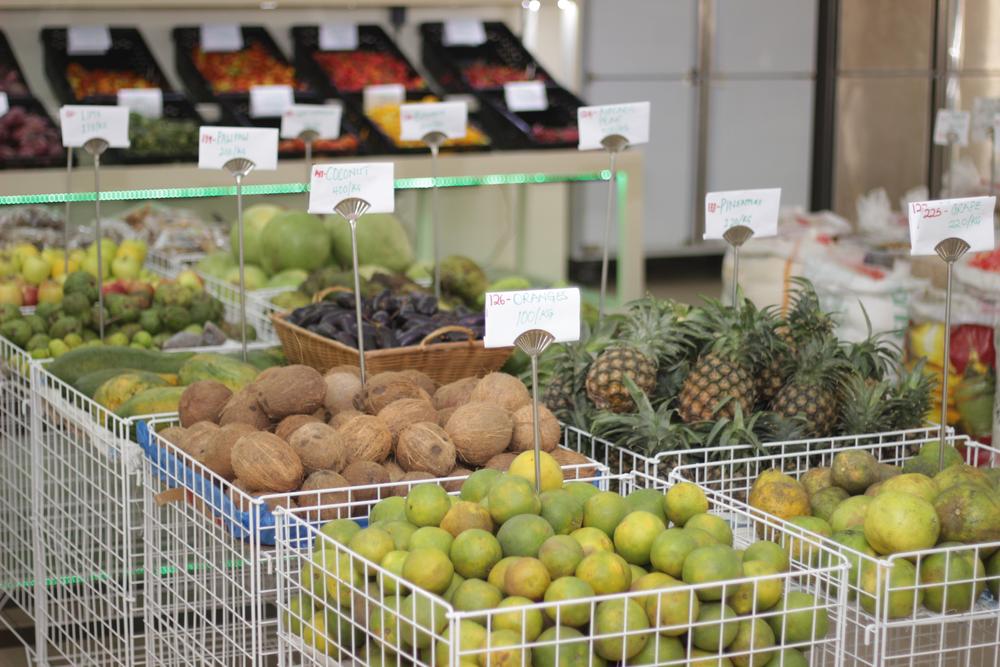Africa rising and the evolving retail sector in Nigeria (2)

The new thing: E-commerce
While lack of infrastructure has always posed a serious hurdle, Africa’s entrepreneurs have leapfrogged this by leveraging e-commerce. Jumia, a pioneer marketplace, gives 4 million subscribers access to over 6,000,000 products from 50,000 brands. Users can pay for food, travel, and flights through Jumia’s secure payment platform.
While COVID-19 has slowed economic activity, it has also led to a surge in e-commerce and accelerated digital transformation. During lockdown, businesses and consumers increasingly went digital. The result? E-commerce’s share of global retail trade increased from 14% in 2019 to about 17% in 2020. This rise is likely to be sustained, even during recovery.
Particularly, there is increasing use of the internet in Africa – 525 million Africans accessed the internet in the summer of 2019. This number surpasses Latin America and the Caribbean, North America and the Middle East. There are however persistent barriers that have prevented developing countries from capitalizing on e-commerce opportunities. They include costly broadband services, overreliance on cash, lack of consumers’ trust, poor digital skills among the population and governments’ limited attention to e-commerce.
Speaking about challenges…
Challenges
What are the challenges do Africa’s retail players face? First, income level affects spending behaviour. Retail companies may have to target the high-income class if the middle-income class continues to thin (as is the case in Nigeria) or if more people are plunged into poverty by macroeconomic conditions.
In addition, access to working capital still poses a challenge to retailers wishing to scale their business. Furthermore, lack of infrastructure presents a unique challenge. Access to electricity and good roads may prove fatal. Store owners are often unable to meet the demands of their customers. Given the size of Africa, supply chains tend to be complex, challenging and expensive.
Local producers face challenges in the form of power supply, electricity and rental costs. Conversely, import duties, port delays and high transport costs add to the heap of problems importers face.
Speaking about importation…
The future: AfCFTA
African countries have signed and ratified the African Continental Free Trade Area (AfCFTA), a regional trade deal which aims to boost intra-African trade from 16% to 60% by 2022. Also, to attract $4 trillion in investments and consumer spending. The agreement outlines the removal of tariffs on 90% of goods, allowing free access to commodities, goods and services across African countries. The deal is good news for Africa’s retail. Businesses will benefit from the integrated markets and lower tariffs which are objectives of AfCFTA. Particularly, supermarket chains will spend less on customs and logistics.
On the cover of the May 2000 edition of The Economist, Africa was tagged as “The Hopeless Continent”. In December 2011 however, the same cover read “Africa Rising”. Again, it read “Aspiring Africa” in March 2013. A lot has happened in 20 years, and a lot will happen in future. The best time to invest in Africa is now. Here is the punchline. Shoprite may be leaving, but even more shops are left. Nigeria’s and Africa’s retail spaces are not damned.
There is more in store!

